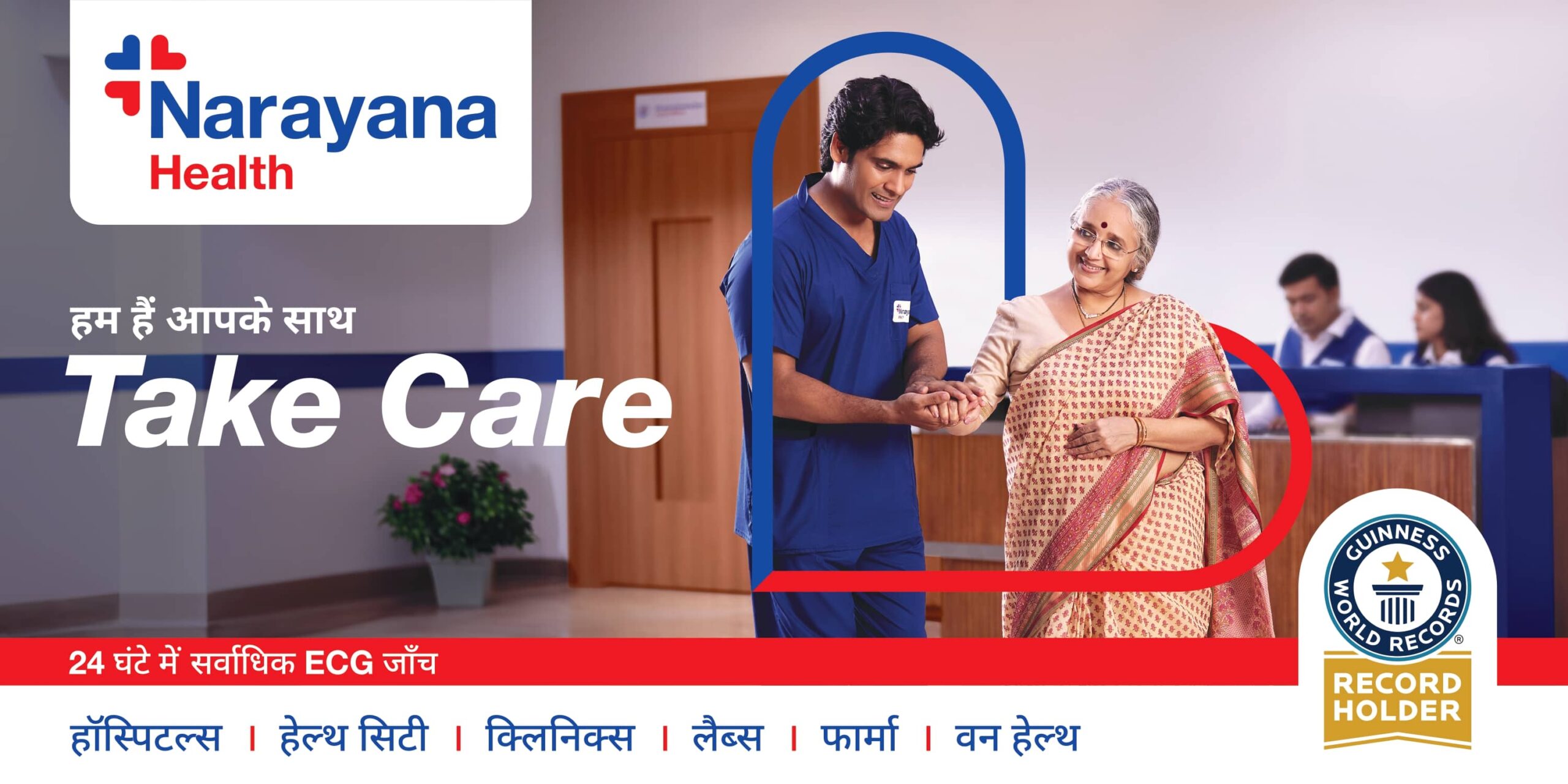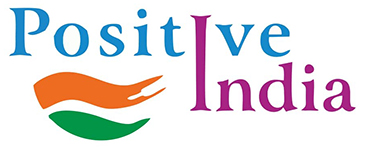
NHMMI Celebrates World Stroke Day-2019
NHMMI is spreading stroke awareness among masses.

Positive India:Raipur:On World Stroke Day, NHMMI Narayana Multispeciality Hospital celebrated it by spreading stroke awareness as 29th October is being celebrated as World Stroke Day all over the world. World Stroke Day provides an opportunity for stroke stake holders to spread awareness and advocacy compaigns and build commitment to reduce the burden of stroke at local, state, regional, national and then at global level.

NHMMI Narayana-a unit of Narayana Health, Bangalore is one of such stakeholders, which is constantly trying to improve the awareness of stroke at individual as well as at community level through its various trainings and awareness programs and compaigns.

On this World Stroke Day, senior neurologist Dr.H.P.Sinha and Dr.Prashant Kumar(Neuro) shared their views on how to prevent stoke damages.
Dr.H.P. Sinha-a senior consulting neurologist with NHMMI Narayana Multispeciality hospital, Raipur says stroke is increasing day by day.Previously 1 out of every 6 persons was prone to stroke and now 1 out of 4 persons is prone to stroke! It means we all have reasons to prevent it.
What is Stroke?
As per Dr H.P.Sinha-NHMMI, every year more than 1 crores and 70 lacs of strokes are reported world over. Condition is very dangerous. According to WHO report, after cardiac diseaes, stroke has become the second largest cause of death world over.
Stroke is an emergency condition, in which oxygen supply becomes less to some part of brain which results into the degeneration of cells. There are two reasons for restricted supply of oxygen to brain. First reason is rupture of arteries supply blood to brain. It is called Haemorrhagic Stroke. The second reason is the Narrowing of arteries due to blood clotting. This kind of stroke is called Ischemic Stroke. Third kind of stroke is called Transient Stoke. The symptoms of this stroke comes and go but it becomes dangerous for future.
Those people who are above 55 years and obese and do not undertake any kind of excercise, those who smoke and drink or those with family history of stroke are more prone to stroke.
Symptoms of Stroke
1) Difficulty in speaking and understanding
2)Numbness of face, hands and feet.
3)Visual difficulties with one or both eyes
4)Severe headache without reason
5) Difficulty in walking.
If you find some people around you with these symptoms, immediately follow following instructions:
1)Ask that person for smile and observe for certain deformity, if any.
2)Ask him to raise his both hands and see if his one hand is tilting in wrong direction
3)Ask him to repeat one simple sentence and observe some faltering or staggering of tongue
Immediately refer that person with such kind of symptoms to emergency services.4 to 4 and half hours are known as Golden Hour. If patients get treatment within Golden Hour, he will be saved and cured, otherwise with the passage of every minute, chances to save patient becomes less and chances for patient to become permant handicapped increased.
Apart from physical examination, cerebral angiogram, carotid ultrasound, CT scan or MRI tests are done which help in pin pointing stroke. Some times blood clotting occurs in some organ of the body and it becomes trapped in small capillaries of the brain. In such cases, various blood tests and echo are done to fix the exact cause of stroke.
Since there are different reasons of stroke, its treaments are also different.
Ischemic Stroke happens because of thickening of arteries so treatment is to focus to make the flow of blood smooth once again. Certain medicines are given which act as thrombolytic agents. But these medicines are effective only within 4 to 5 hours of appearing the symptoms.If there is not possibility of using such medicines, then some specialised medical equipments are used to remove the clot.
Haemorrhagic Stroke happens because of internal bleeding in brain. So treatment is focussed on prevention of bleeding and reduction of blood pressure. Treatment starts with some medicines whic reduce B.P, and prevents arterial contraction.After that with the help of surgery arterial damage is repaired.
In developed countries, stroke related deaths are decreasing but the pace is still slow. Moreover, with high blood pressure, obesity, and diabeties chances of stroke increases, which in country like India is very common.
Vineet Saini-the facility director of NHMMI told that per day 5 to 6 stroke patients are admitted and treated at NHMMI. More than 3000 stroke patients have been successfully treated. He says that awareness plays a greater role in minimising stroke damages. For the benefits of patients one stroke dedicated number 8821818181 has been released to prove quick service to patients.
Scenario in Chhattisgarh:In CG, use of tobacco and gudakhu has increased the chances of stroke. By stopping intoxication and embracing healthy life style, stroke related deaths and disability can be prevented.



